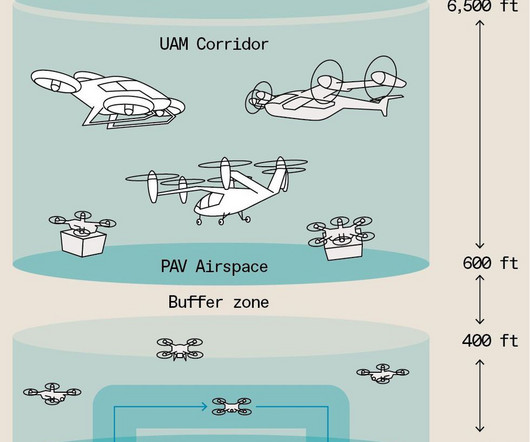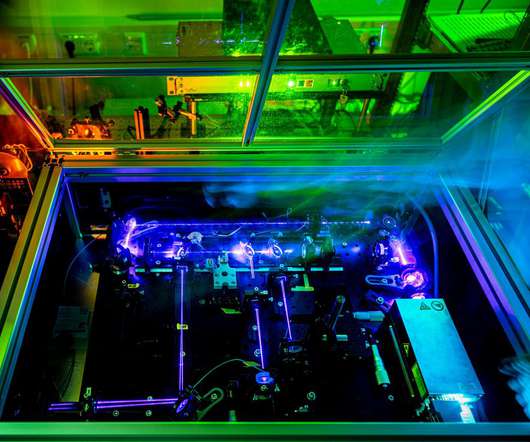3 Challenges to Solve Before We Can Commute by Air Taxi
Cars That Think
JULY 8, 2023
We carried out our first flight demonstration on 11 October 2022, when we flew a Bell 407GXi helicopter (supplied by consortium member Bell Textron) as a stand-in for a future electric vertical-takeoff-and-landing vehicle, or eVTOL. Our Texas-based group is focusing on three of these issues: autonomy, communications, and standards.






















Let's personalize your content